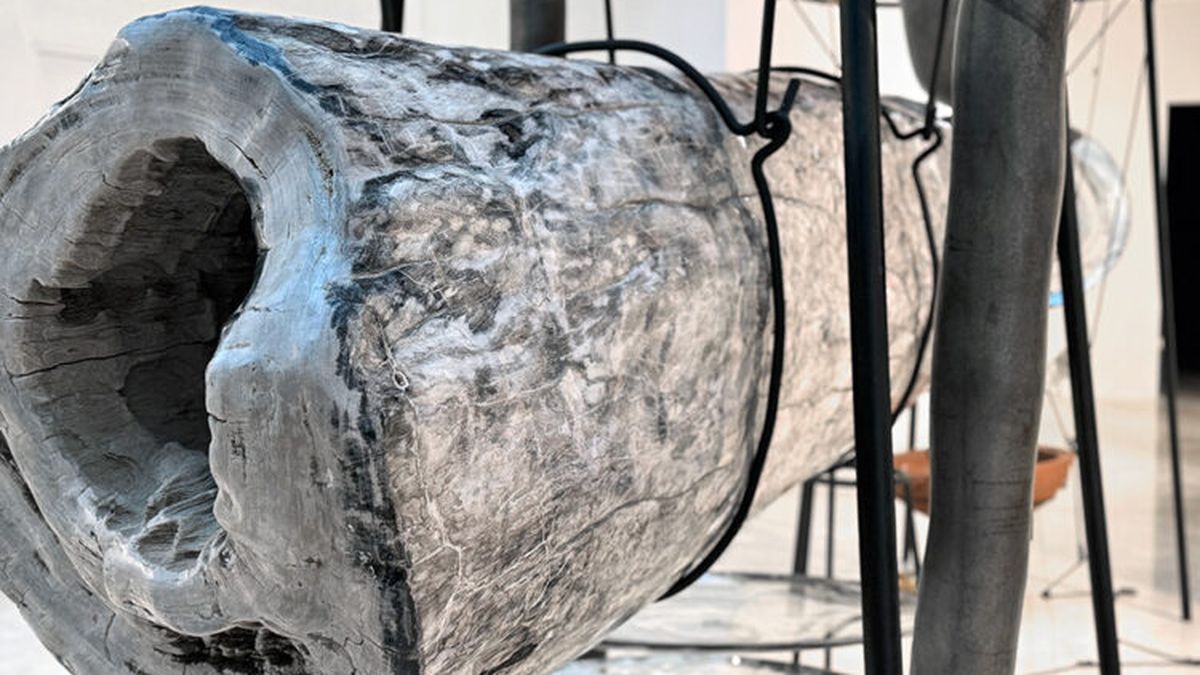I am an author and journalist who has worked in the entertainment industry for over a decade. I currently work as a news editor at a major news website, and my focus is on covering the latest trends in entertainment. I also write occasional pieces for other outlets, and have authored two books about the entertainment industry.
Menu
To discover, or rediscover, an exceptional Brazilian avant-garde
Categories
Most Read
Crown Princess Amalia: Three generations, a green dream dress
October 28, 2025
No Comments
Acoustic concerts: Herbert Grönemeyer is going on tour again
October 28, 2025
No Comments
Sydney Sweeney: She responds to the Bond Girl rumors
October 28, 2025
No Comments
People: David Beckham’s last meal would be eel in aspic
October 28, 2025
No Comments
Hardy Krüger: Wedding proposal on the high seas
October 28, 2025
No Comments
Latest Posts

They announce the start of the exclusive reservation of the new pickup produced in Argentina: when will it go on sale
October 28, 2025
No Comments
October 28, 2025 – 08:56 The model is assembled at the Ferreyra Industrial Complex, marking a new chapter in the brand’s local manufacturing strategy. RAM,

Scott Bessent defends Javier Milei and Elizabeth Warren accuses him of corruption
October 28, 2025
No Comments
October 28, 2025 – 08:21 Trump and Bessent’s help to Javier Milei ignited a political fight in Washington amid the US government shutdown. The help

DFB Cup: Urbig comes home with Bayern – “The hunger is very big”
October 28, 2025
No Comments
PierceI am Pierce Boyd, a driven and ambitious professional working in the news industry. I have been writing for 24 Hours Worlds for over five
24 Hours Worlds is a comprehensive source of instant world current affairs, offering up-to-the-minute coverage of breaking news and events from around the globe. With a team of experienced journalists and experts on hand 24/7.

